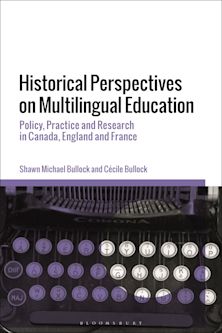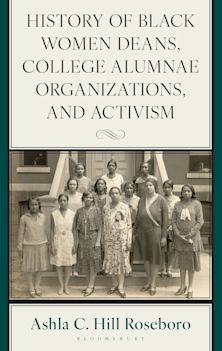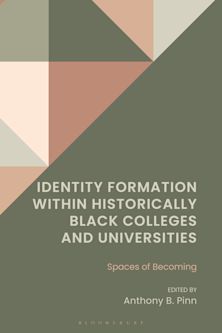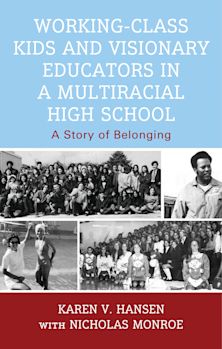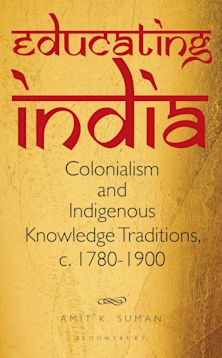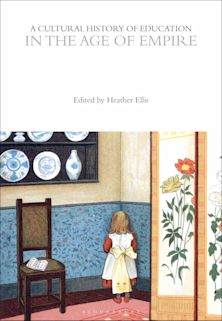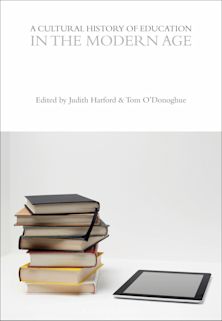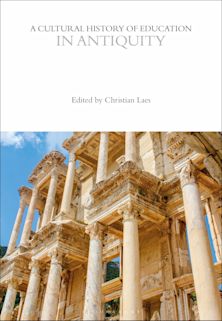Teaching about Genocide
Advice and Suggestions from Professors, High School Teachers, and Staff Developers, Volume 3
Teaching about Genocide
Advice and Suggestions from Professors, High School Teachers, and Staff Developers, Volume 3
Description
Teaching about Genocide presents the insights, advice, and suggestions of secondary-level teachers and professors, in relation to teaching about various facets of genocide. The contributions range from basic concerns when teaching about genocide to a discussion about why it is critical to teach students about more general human rights violations during a course on genocide, and from a focus on specific cases of genocide to a range of pedagogical strategies for teaching about genocide.
Table of Contents
Chapter 1: “Providing Students with the Opportunity to Engage with Survivors of Genocide” by Michael Anthony
Chapter 2: "A Global Collaborative Approach to Genocide Education” by Kate Weckesser English
Chapter 3: “The Bosnian Genocide: Teaching Ideas and Resources”by Lisa M. Adeli
Chapter 4: “Happening Now: The Rohingya Genocide in Myanmar, A Jigsaw Activity Using Mace’s 10 Stages of Genocide” by Frank J. Pérez
Part 2: Professors
Chapter 5: “If ‘Never Again!’ Is a Key Theme of Genocide Studies, Perhaps the Typical Approach to Genocide Education Needs to Be Reconsidered” by Samuel Totten
Chapter 6: “Teaching ‘Introduction to Genocide Studies’” by Ashley L. Greene.
Chapter 7: “Rewriting the Genocide Convention” byTracy H. Slagter
Chapter 8: “Our Nature in Genocide: Teaching Atrocity from Within the Human Continuum” by Timothy Horner
Chapter 9: “Extraordinary Atrocities, Ordinary People: Teaching Genocide through the Lenses of Banal and Fetishized Evils” by Cathryn van Kessel
Chapter 10: “Moving Beyond Perpetrators, Victims, Bystanders, and Upstanders” by Hollie Nyseth Brehm and Michelle L. O’Brien
Chapter 11: “Teaching About Perpetrators and Perpetration in Genocide” by Timothy Williams
Chapter 12 :“Understanding Perpetrators?” by Susanne C. Knittel
Chapter 13: “Confronting Mass Atrocities: Interplays Between Legal Norms, Political Interests, and Moral Imperatives for Action” by Eyal Mayroz
Chapter 14 :“Teaching About Resistance to Genocide”by Khatchig Mouradian
Chapter 15 :"Balkan Stereotypes and the Problem of Teaching Southeastern European Genocide” by James Frusetta
Chapter 16: “From Student to Citizen: The Impact of Personal Narratives in University-Level Genocide Education” by Ari Kohen and Gerald J. Steinacher
Chapter 17: “Does Place Matter? Using Inquiry to Explore the Geography of Genocide” by Aaron Johnson and Lisa Pennington
Chapter 18: “The Complexity of Genocide: Atrocity Prevention and Interactive Learning” by Benjamin Meiches
Chapter 19: “Teaching Economic Aspects of Genocide and Their Prevention” by Charles H. Anderton
Chapter 20: “In the Margins: Teaching About Genocide While Teaching Writing” by Taleen Mardirossian
Chapter 21: “Advice on Teaching About Genocide with Film” by Glenn Mitoma and Alan S. Marcus
Chapter 22: “Art and Genocide in University Classrooms” by Mark Celinscak
Chapter 23: “Genocide Site Visits as an Educational Tool: A Bosnian Experience” by Hikmet Karcic.
Chapter 24: “Developing an ‘Heroic Imagination’ through Study Abroad in Guatemala by Trisha Posey and Kevin Simpson
Chapter 25: “The Potential and Limitations of Student Fieldwork on Continents and in Nations Other Than Their Own” by Timothy Williams
Chapter 26: “Genocide and the Promise of Positive Peace” by James G. Brown
Product details
| Published | 27 Oct 2020 |
|---|---|
| Format | Ebook (Epub & Mobi) |
| Edition | 1st |
| Extent | 310 |
| ISBN | 9781475856019 |
| Imprint | Rowman & Littlefield Publishers |
| Illustrations | 1 b/w photo; 5 tables |
| Publisher | Bloomsbury Publishing |












